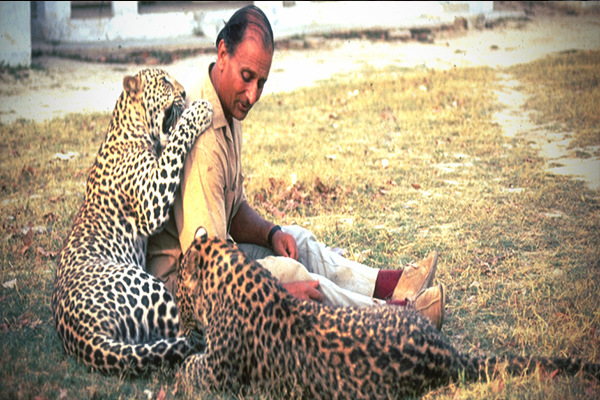Dudhwa National Park
Dudhwa National Park or Dudhwa Tiger Reserve residing the areas of Palia Kalan & Lakhimpur Kheri district of Uttar Pradesh, the Indo-Nepal border bringing together two most incredible sanctuaries of the area namely, Kishanpur and Katerniaghat Wildlife Sanctuaries to represent the excellent natural forests and greenery along the Terai region.
The Kishanpur Sanctuary lies in the Lakhimpur- Kheri and Shahajahanpur districts in Uttar Pradesh.Spreading across an expanse of 811 sq km beholding the nature lovers with marshes, grasslands and dense forests, the area is actually meant for tremendous counts of Swamp Deer and Tigers species. The area of the Park is composed of a vast alluvial plain along the tributaries of Mohana and Suheli, interspersed with numerous rivulets, lakes and pools.
The rich and extremely fertile Indo-Gangetic plains support a flamboyant growth of forests diversity of fauna. The park has some of the best forests of ‘Sal’ tree in the world, amongst other flora; and is a virtual unexplored paradise for nature lovers, wildlife enthusiasts and bird watchers.
Dudhwa attracts the visitors with its two core area as Dudhwa National Park and Kishanpur Wildlife Sanctuary which are separated by each other with an area of 15 kms agricultural land. Unlike other celebrity parks of India like Corbett, Kaziranga, Bandhavgarh etc, the uncommercialized ambience of this park makes it an ideal habitat for the wild creatures to find nature’s serenity & comfortability in a more natural way.
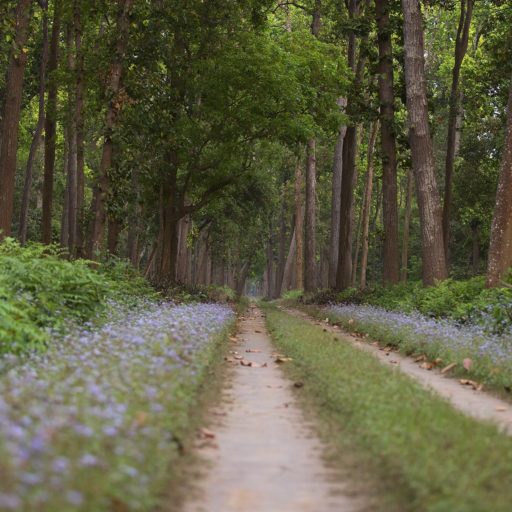
History
The Post-Independence era witnessed tremendous encroachment towards the Dudhwa jungle. As a result the forest was converted in an agricultural land. Additionally, due to its location on the Indo-Nepal border the chances of poaching and hunting enhanced to greater extent and the trading of the wild animals increased to a massive extent who sell their products in Nepal, which being a tourist place gives them a huge market for these things.
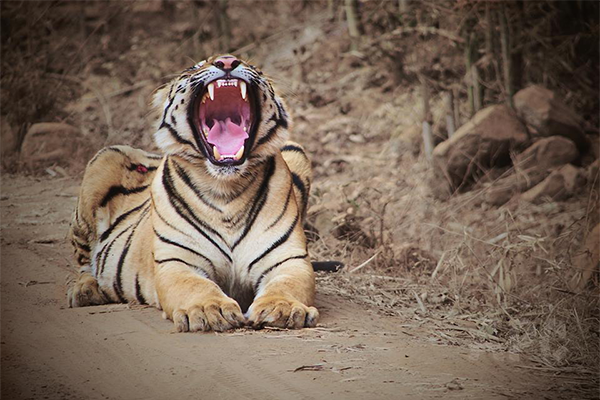
In 1977, Arjan Singh approached the erstwhile prime minister, Indira Gandhi to declare the forest as a National park. In 1984-85, seven rhinos were relocated from Assam and Nepal to Dudhwa to rehabilitate a rhino population which lived here 150 years ago. Four years later, it was declared a Tiger Reserve under the Project Tiger and currently is a major habitat for tigers in India.
Wildlife
Dudhwa being spread over an expanse of approximately 811 sq km of marshes, grasslands and dense forests, is an ideal and protected home for over 38 species of mammals, 16 species of reptiles and numerous species of birds.
Tiger, Rhinoceros, Swamp deer, Elephant, Sambar, Hog deer, Cheetal, Kakar, Wild pig, Rhesus monkey, Langur, Sloth bear, Blue bull, Porcupine, Otter, Turtles, Python, Monitor lizard, Mugger, Gharial etc.
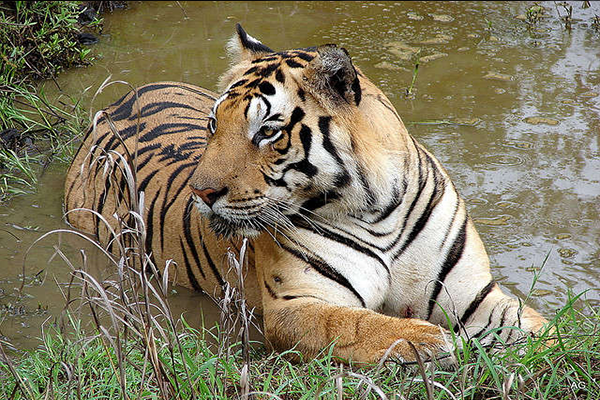
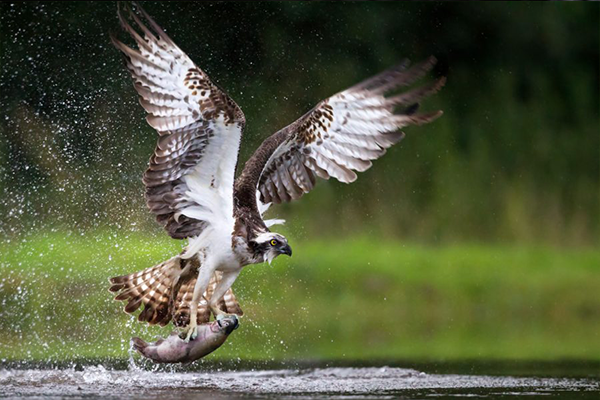
Of the nearly 1300 birds found in the Indian subcontinent, over 450 speciescan be seen in Dudhwa Tiger Reserve. These include Hornbill, Red Jungle Fowl, Pea fowl, Bengal Florican, Fishing eagle, Bengal Florican, Serpent eagle, Osprey, Paradise flycatcher, Woodpeckers, Shama, Indian Pitta, Orioles, Emerald dove etc. During winter the vast and varied water bodies attract a large variety and number of migratory birds making the reserve a favorite haunt of bird watchers.
Dudhwa National Park is also famous for rhino conservation. Here large number of Rhino. The rhino population is monitored daily from elephant back. Presently four elephants are engaged in this work. The mahawats and staff scan the area for rhinos and report their observations which are recorded in a register. The monitoring of the re-introduction project is done from two places that is Salukapur & Base camp. You can visit here by Elephant ride.
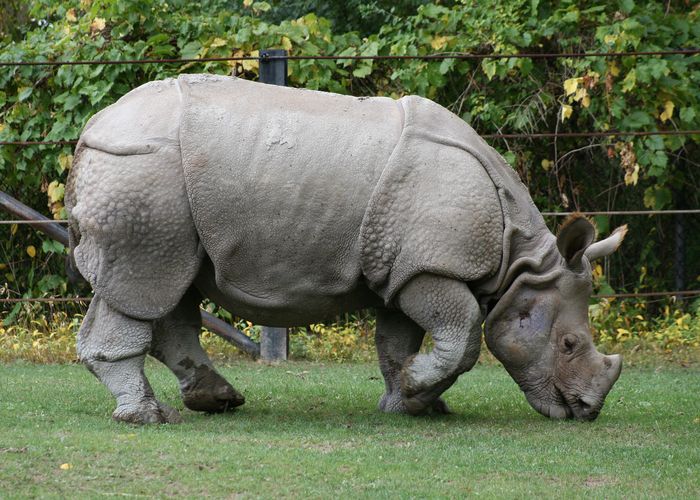
Ideal Time To Visit
15th November to 15th June
VISITOR ATTRACTIONS
- Natural Forest
- Grasslands
- Elephant Ride
- Tiger
- Rihno
- Migratory Birds
- Tharu Culture
- Safari

